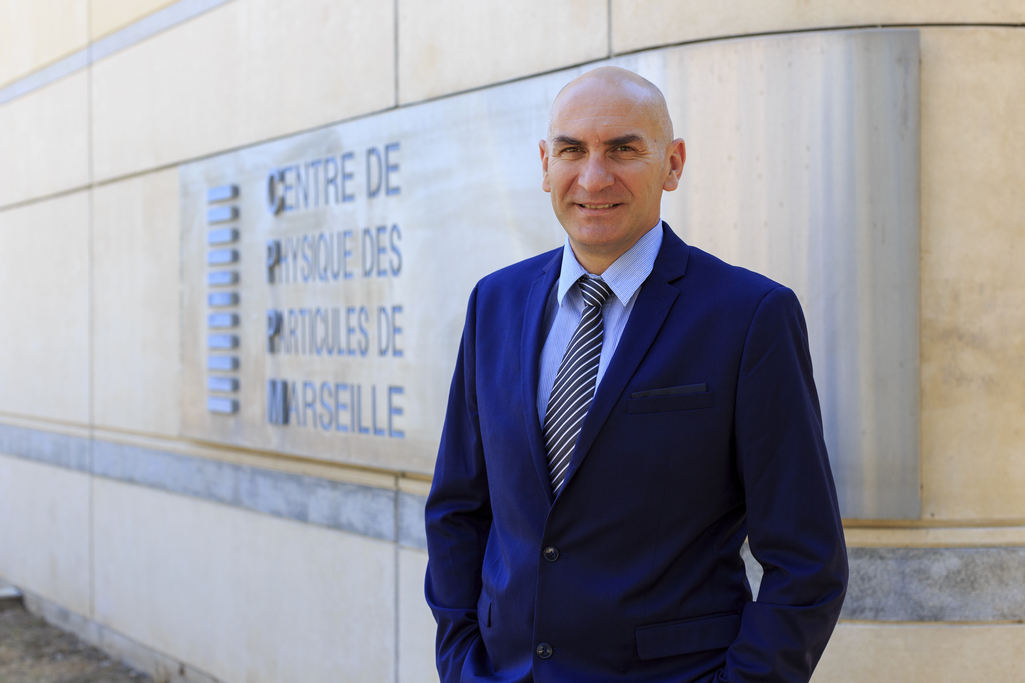
CPPM is the architect of fascinating fundamental research and incredible experiments, thanks to the people who work there. Our true strength is embodied by the 170 researchers, teacher-researchers, engineers, technicians, administrators, doctoral candidates and students.
They are fully committed to cutting-edge research, firmly anchored in global research. All this in a collaborative atmosphere that promotes exchange and work life balance. This collective and ambitious approach that is a major asset of CPPM and is what makes CPPM unique.
Our research is structured according to two complementary approaches:
- The laboratory study of matter under extreme conditions, for example with particle accelerators, to understand its intimate structure.
- The observation of violent celestial phenomena through light or particles, in order to detect the structure of these phenomena and understand the Universe.
In addition to research in particle physics, in astroparticles, and in observational cosmology, we are strongly committed to interdisciplinary themes and their societal applications, such as biomedical imaging, intensive computing or the deep marine environment. This is based on an exceptional research environment, involving multiple international cooperation agreements, while maintaining a strong involvement in the training of young researchers.
In recent years, our disciplines have undergone real revolutions. More than a century after the discovery of the first particles, the invention of general relativity and quantum mechanics, where are we now? The scientific world is in turmoil following the discovery of the Higgs boson in 2012, the observations of multi-messenger cosmic events and the launch of several flagship projects in the discipline. The coming years promise to be full of resounding discoveries to which the CPPM will contribute. The research at the CERN and KEK colliders, the start of the DarkSide and MadMax experiments, the launch of the Euclid satellite, the first lights from the LSST, CTA, KM3NeT telescopes, as well as the strong interdisciplinary activity, offer us a very attractive prospect for research in 2030. A strong scientific foresight activity in a stimulating atmosphere completes the picture of a dynamic and creative laboratory, leader of ambitious and internationally oriented projects. This is my vision of the CPPM.